Introducing the MC20 – the new Maserati super sports car
We spoke to Klaus Busse, the man who heads up FCA’s design team, overseeing Fiat, Abarth, Lancia, and Alfa Romeo, as well as Maserati, about the origins and aspirations for the company’s new super car model
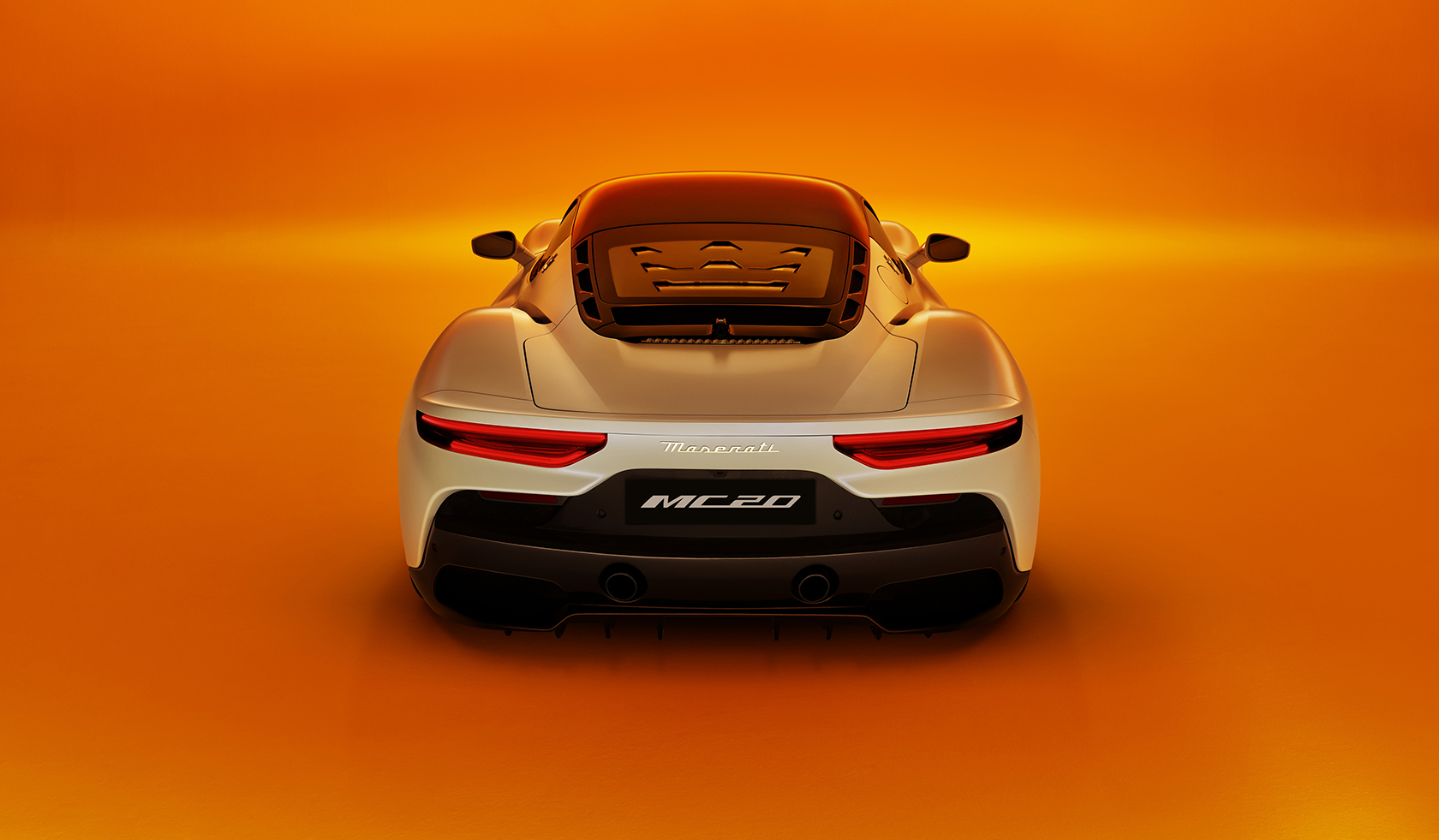
Fortune favours the brave. The 1970s were an era of mid-engine madness, when the big sports car makers explored the packaging options of putting the engine behind the driver, allowing for better balance, sleeker aerodynamics, and — most importantly of all — more outrageous styling. Some of the greatest Italian cars of the era benefitted from this layout, from Ferrari’s first mid-engine road car, the 1971 Berlinetta Boxer, through to the angular Lamborghini Countach that ushered in the supercar era. Their compatriots, Maserati, made a similar transition from front-engine sports cars and grand tourers to low-slung two-seaters, with the introduction of the 1971 Bora and its successor, the Merak (actually a four-seater, albeit with very small rear seats). For Maserati, it was an expensive foray into new territory. The 70s fuel crisis, a short but ultimately disastrous spell of ownership by the French marque Citroen, and perpetual cash flow problems meant that Maserati was never able to capitalise on the super sports genre, and the company that ultimately emerged focused almost exclusively on sports GTs and saloons. In 1993 Maserati reconnected with its Italian ancestry with its sale to Fiat and the company has been part of the FCA Group (Fiat Chrysler Automobiles) since 2011.
Now the mid-engine Maserati is back in the form of the MC20. Unveiled in early September, it is the car to take Maserati into a new decade, as well as being the first all-new product from the company since the launch of the Ghibli in 2013. On the one hand, it’s a spiritual evolution of a very limited-edition machine, the MC12 Stradale, a raw road-going version of GT racer, developed from the Ferrari Enzo in 2004 of which just 50 examples were made. But on the other it’s a challenger to the status quo established by Ferrari and Lamborghini and soon Aston Martin.
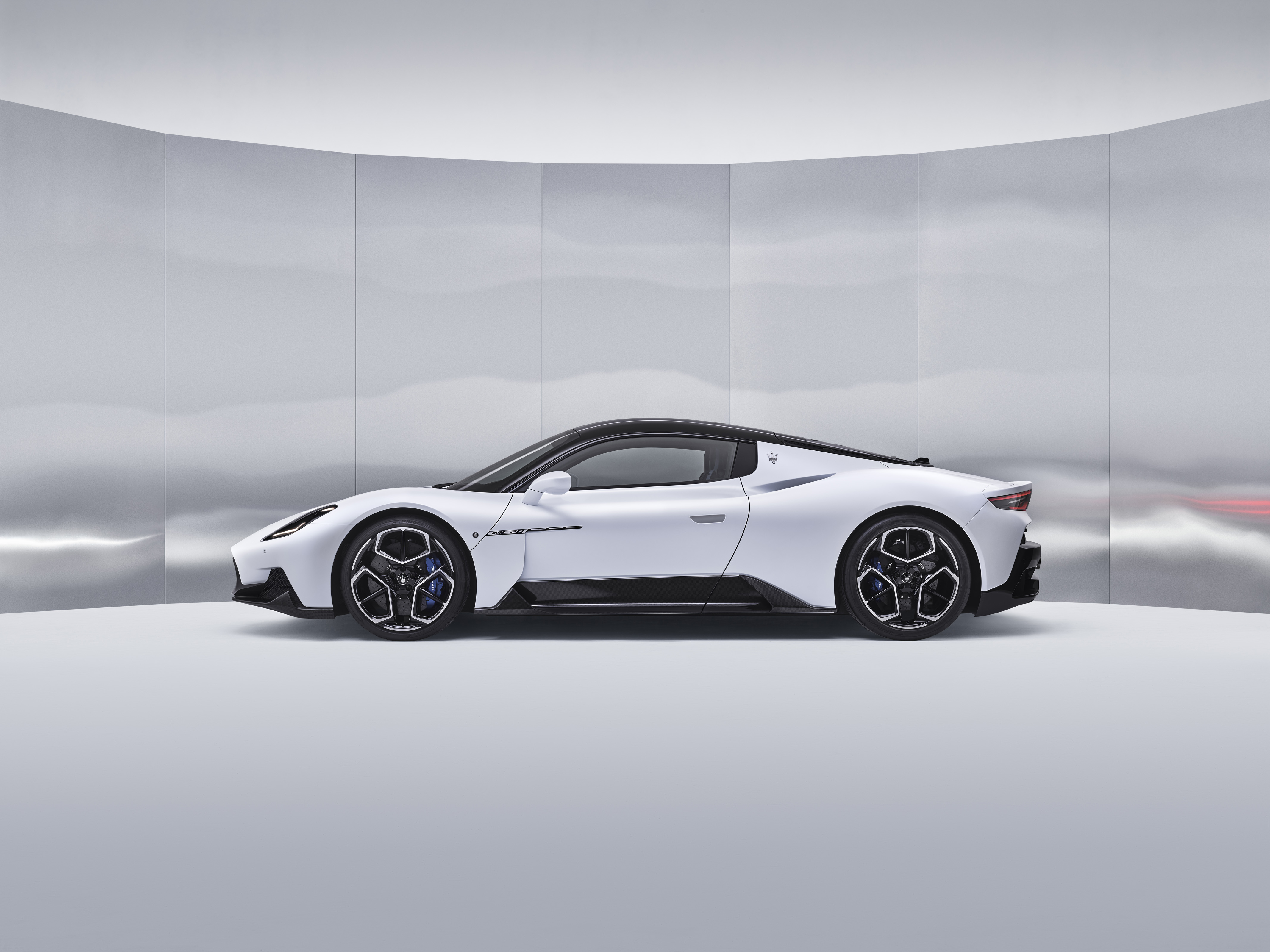
The Maserati Corse 2020 is about speed, dynamics and power. Built around a carbon-fibre monocoque, the MC20 is pared back and functional, inside and out. It exudes a compact, taut capability, and the white finish on the show car’s bodywork is a world away from the glossy, shouty reds and yellows of its rivals. Scissor doors allow access to a dark, focused cockpit, with plenty of exposed carbon-fibre and Alcantara finishes. The audio system was designed in conjunction with Sonus Faber, the acclaimed Italian loudspeaker manufacturers, and is controlled via a dash-mounted tablet. The car will debut with a twin turbo V6, with a hybrid and pure electric version further down the line.
We spoke to Klaus Busse, the man who heads up FCA’s design team, overseeing Fiat, Abarth, Lancia, and Alfa Romeo, as well as Maserati, about the origins and aspirations for the company’s new model
Wallpaper*: This is the first mid-engine Maserati production car for many years. Did you take inspiration from the past or is it a clean sheet design?
Klaus Buss: When it comes to designing a car, how clean sheet can the design really be? If I were to describe the design philosophy behind the MC20 in two words, they would be Purity and Contrast. As you can see from the car, the design is all about purity contrasted by extremely complex functional areas. One of our main inspirations for the MC20 came from the A6GCS Pinin Farina of the 1950s. This car in fact, is naturally pure and beautifully sculpted, creating a silhouette praised for its simplicity, which is then contrasted by the exposed exhaust pipes underneath the driver’s door showcasing its high degree of functionality. This is the same design philosophy used for the MC20 where the upper part of the car is all about purity and sculptural simplicity, while the lower part is true technical performance.
W*: What about more recent examples from the company’s history?
KB: MC20’s design philosophy was not the only thing that was born by looking back into Maserati’s past: there are some details in this new super sports car that are echoes from the past. For example, the new face of Maserati – as in with the low front grill and the high headlights – were inspired by the MC12. MC20 represents not only an ode to the brand’s past achievements but is also the face of Maseratis of the future.
W*: How long has this car been in planning?
Receive our daily digest of inspiration, escapism and design stories from around the world direct to your inbox.
KB: The development period for the MC20 was about 24 months.
W*: What are the key visual elements that define a mid-engine Maserati?
KB: There are no key elements that are specific to a mid-engine Maserati, but there are key visual elements that define the MC20 and Maserati’s aesthetic future. As mentioned, our design philosophy is driven by purity. For the MC20, this translated in creating something with no frills, no excess, and no unnecessary details. We tried to avoid visual noise, in order for the car to speak for itself. We did not design it around the air intakes; on the contrary, we restrained ourselves and have them only where they are absolutely necessary. By doing so, we now have a car that is a pure sculpture reduced to the main proportions. A car that does not need to shout at its environment through loud detailing, but truly stands out for raw beauty and capabilities.
W*: How does the design express the technology of the launch V6 and possible future powertrains?
KB: The MC20, being a super sports car in every inch of its design, was created by respecting and embracing technological and performance necessities. Whether it is the silhouette of the car that defines the cabin space, or the aerodynamic flow and the downforce of the car, Maserati has brought to the market a dynamic sculpture, powered V6 twin turbo petrol engine, which will propel the brand into the future. In addition, one should notice the balance between the pure elegance of the silhouette and the integrated air intakes, which are needed to supply the necessary cooling and the thermal exhaust to the V6. However, it is fundamental to keep in mind that the true expression of MC20 is in the incredible collaboration and teamwork we had with the engineers in Modena.
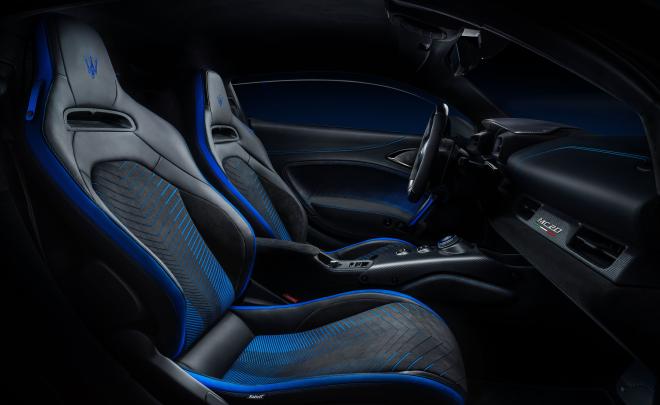
INFORMATION
Also see the 2024 Maserati MC20 Leggenda and Icona, two limited-edition supercars
Jonathan Bell has written for Wallpaper* magazine since 1999, covering everything from architecture and transport design to books, tech and graphic design. He is now the magazine’s Transport and Technology Editor. Jonathan has written and edited 15 books, including Concept Car Design, 21st Century House, and The New Modern House. He is also the host of Wallpaper’s first podcast.
-
 How We Host: Interior designer Heide Hendricks shows us how to throw the ultimate farmhouse fête
How We Host: Interior designer Heide Hendricks shows us how to throw the ultimate farmhouse fêteThe designer, one half of the American design firm Hendricks Churchill, delves into the art of entertaining – from pasta to playlists
-
 Arbour House is a north London home that lies low but punches high
Arbour House is a north London home that lies low but punches highArbour House by Andrei Saltykov is a low-lying Crouch End home with a striking roof structure that sets it apart
-
 25 of the best beauty launches of 2025, from transformative skincare to offbeat scents
25 of the best beauty launches of 2025, from transformative skincare to offbeat scentsWallpaper* beauty editor Mary Cleary selects her beauty highlights of the year, spanning skincare, fragrance, hair and body care, make-up and wellness
-
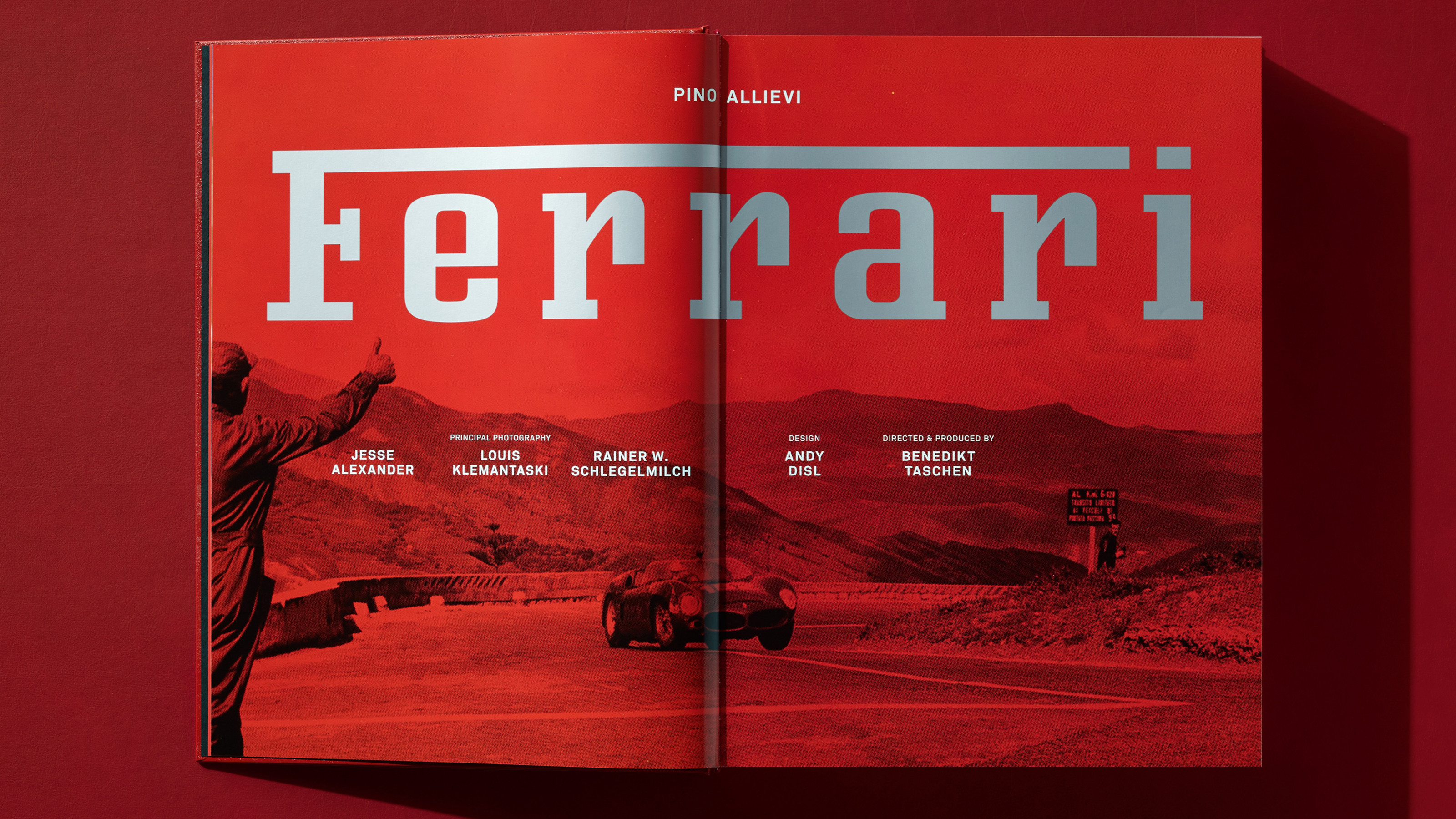 Taschen’s all-encompassing history of Ferrari is a mighty monograph for a mighty brand
Taschen’s all-encompassing history of Ferrari is a mighty monograph for a mighty brandAt nearly 700 pages, this new book from Taschen is the ultimate gift for the Ferrari fan in your life, spanning the brand’s history on road and track from inception through to the present day
-
 How will future car interiors take shape? London studio NewTerritory has a vision for automotive design
How will future car interiors take shape? London studio NewTerritory has a vision for automotive designDesign studio NewTerritory has set up a new automotive division to explore the future of car interiors. We interrogate the team
-
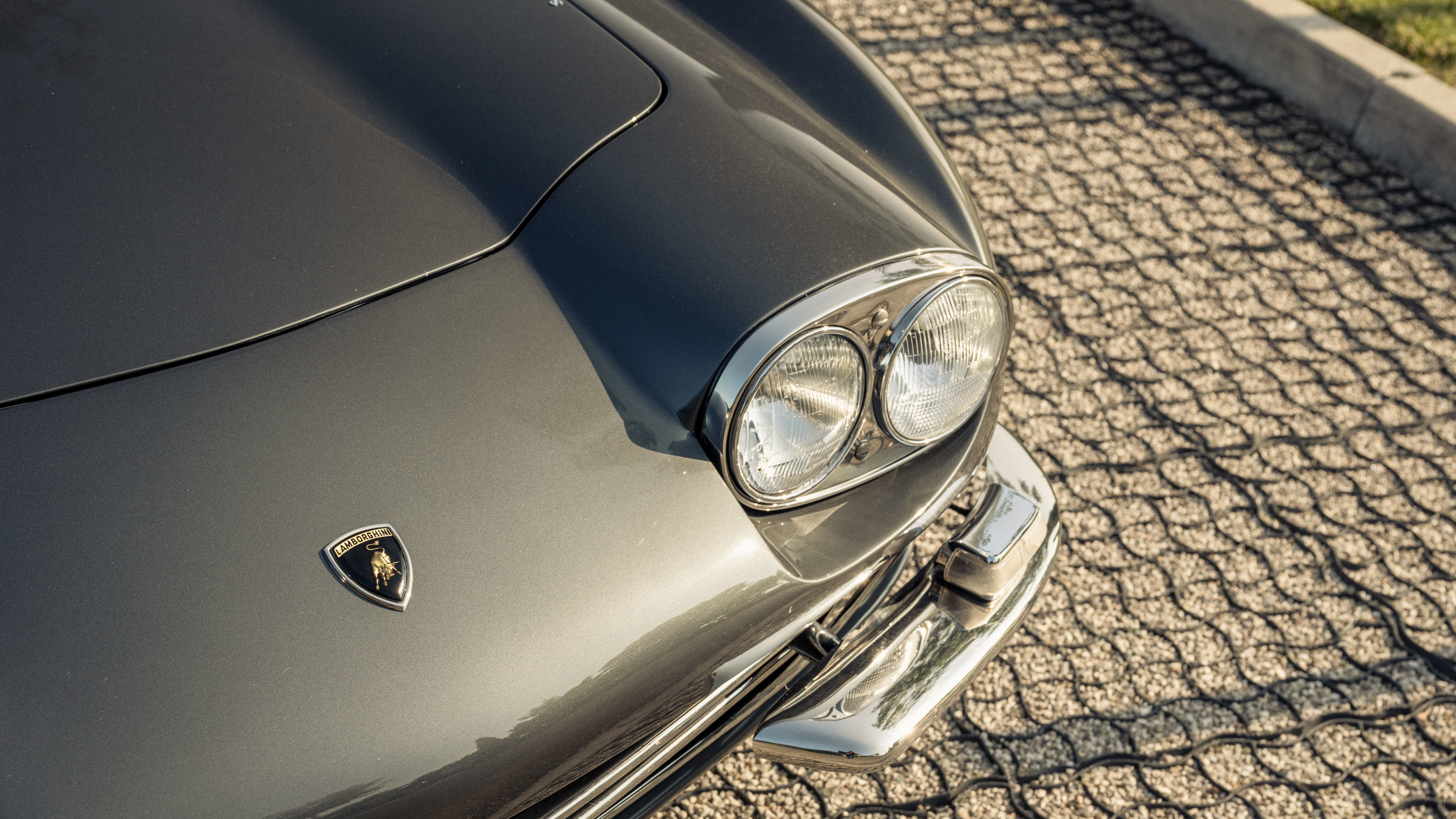 How to spot a fake Lamborghini: inside the sports car manufacturer’s Polo Storico division
How to spot a fake Lamborghini: inside the sports car manufacturer’s Polo Storico divisionFake or fortune? We talk to the team of Lamborghini experts who can spot a priceless classic from a phoney
-
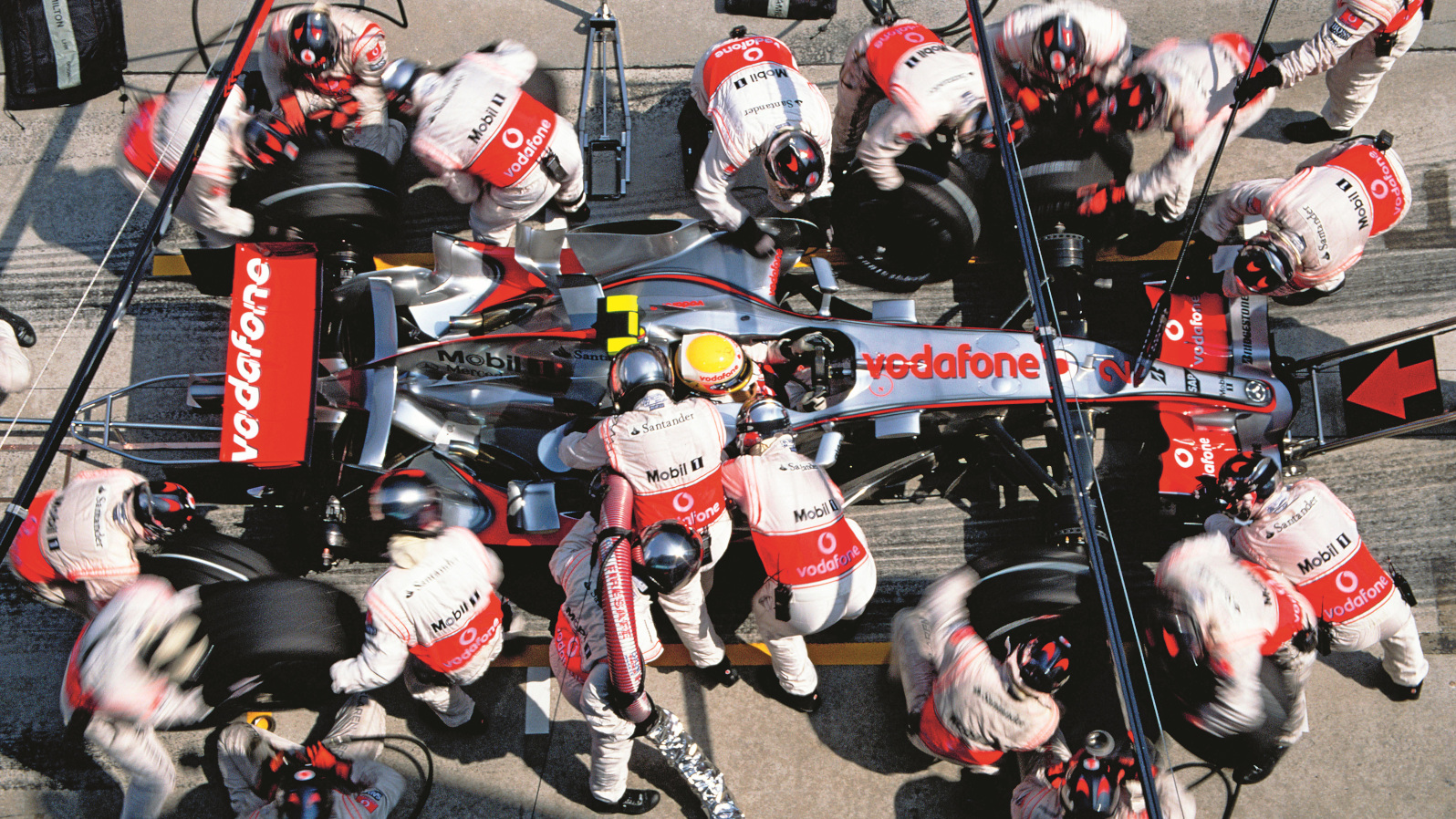 Formula 1 in photos: 100 memorable moments
Formula 1 in photos: 100 memorable momentsA new book, ‘Formula 1: The Impossible Collection’, marks 75 years of the motor-racing championship – a history full of tenacity, triumph and tragedy
-
 Ferrari drops the top on its mighty 12Cilindri super coupe to create the elegant Spider
Ferrari drops the top on its mighty 12Cilindri super coupe to create the elegant SpiderWe drive the new Ferrari 12Cilindri Spider, a last and glorious hurrah for the sound of the V12
-
 Lamborghini, fast friends with the Italian State Police for two decades
Lamborghini, fast friends with the Italian State Police for two decadesWhen the Italian police need to be somewhere fast, they turn to a long-running partnership with one of the country’s most famed sports car manufacturers, Lamborghini
-
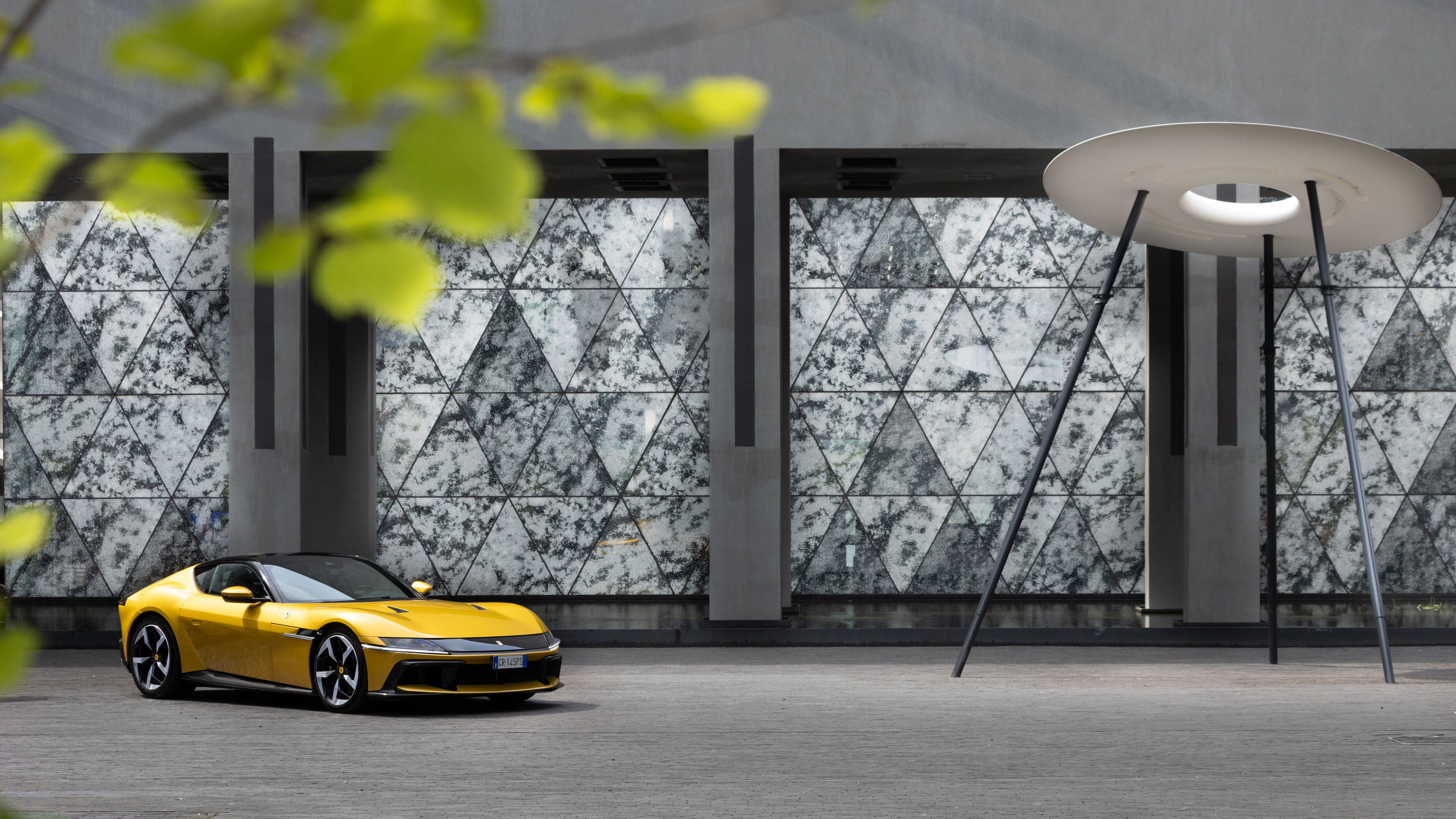 The Ferrari 12Cilindri is the ultimate expression of the marque’s greatest engine
The Ferrari 12Cilindri is the ultimate expression of the marque’s greatest engineWe sample Ferrari's latest, the mighty front-engined grand tourer that bears a simple descriptive name, 12Cilindri
-
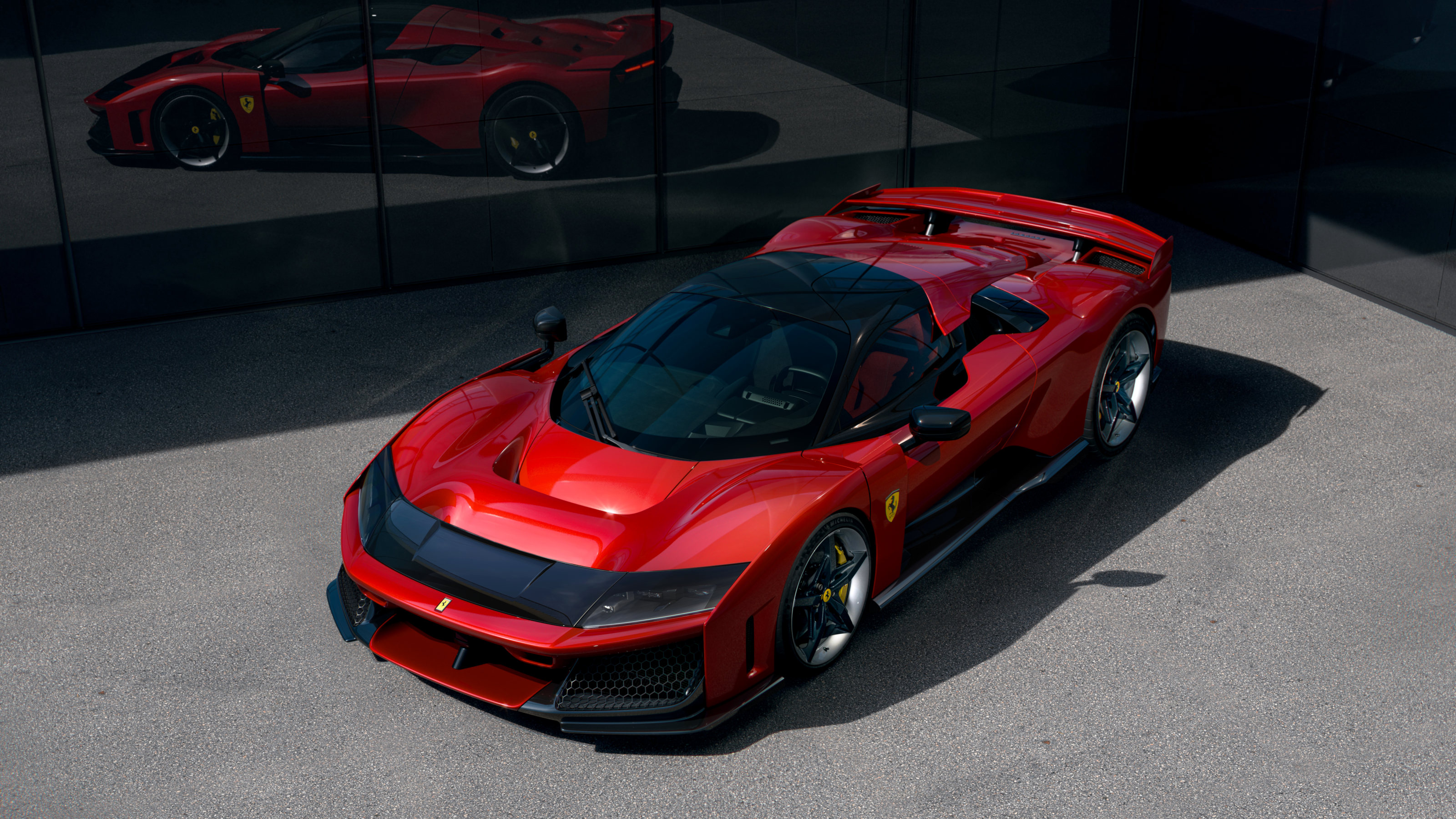 The Ferrari F80 continues the company's tradition of using supercars to showcase tech
The Ferrari F80 continues the company's tradition of using supercars to showcase techJust 799 examples of Ferrari’s ferociously complex and high-tech styled F80 will be made, helping give shape to the sports cars of tomorrow